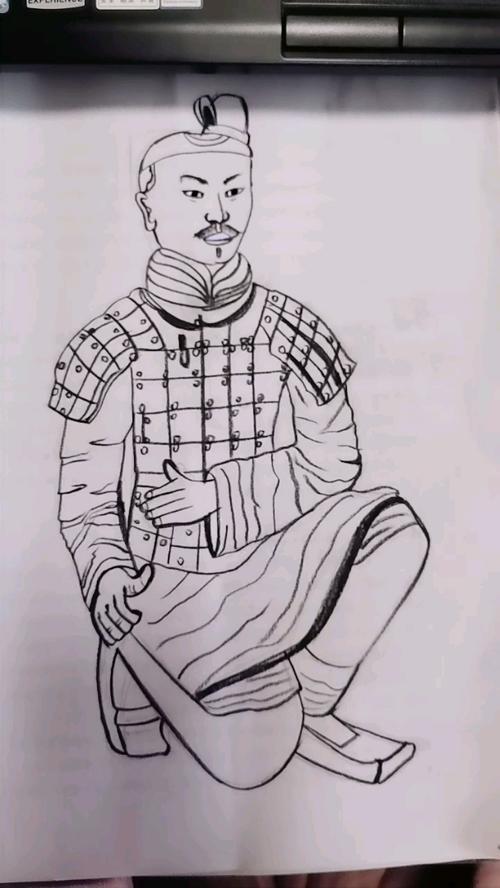
What Did the Terracotta Army Look Like When it Was Painted?
When we think of the Terracotta Army, we envision rows upon rows of imposing terracotta warriors standing guard over the tomb of China's First Emperor. While impressive, this image only captures a fraction of their original grandeur. The army we see today, muted and weathered by time, stands in stark contrast to their original appearance. These warriors were once adorned in a vibrant spectrum of color, meticulously painted to reflect the splendor and might of Qin Shi Huang's reign.
A Kaleidoscope of Color: The Original Appearance of the Terracotta Army
Originally, the Terracotta Army was far from the monochromatic spectacle we see today. After being fired in their kilns, each figure was painstakingly coated in a layer of lacquer, a natural varnish derived from tree sap. This lacquer served as both a sealant and a primer, creating a smooth and lustrous surface for the subsequent application of pigments.
Over this lacquer base, artisans applied a vibrant palette of mineral pigments. These pigments, derived from natural sources like minerals and plants, produced a range of striking hues. Imagine deep reds, vibrant greens, azure blues, bright yellows, and stark whites - the warriors were anything but monotonous.
Color and Rank: Deciphering the Meaning Behind the Paint
The application of color wasn't merely decorative; it played a crucial role in signifying rank and hierarchy within the army. While research is ongoing and not all color schemes are fully understood, some patterns have emerged.
-
Officers: Higher-ranking officers, identifiable by their elaborate headdresses and armor, were likely adorned in more elaborate color schemes, potentially featuring detailed patterns and designs. The use of specific colors, like red, may have also been reserved for officers, signifying their authority.
-
Infantry: Lower-ranking infantrymen might have been painted with simpler color combinations, perhaps using colors like green and blue to blend in with the surrounding landscape, reflecting their role in the army.
-
Chariots and Horses: The chariots, too, were lavishly decorated. Evidence suggests the use of red and green pigments on these wooden structures, possibly adorned with intricate motifs and designs. Even the horses were part of this colorful display, their coats potentially painted in realistic shades of brown and black.
The Ravages of Time: Why the Colors Faded
If the Terracotta Army was once so vibrant, why do we see only traces of paint today? The answer lies in the passage of time and the fragility of the pigments. When the army was first unearthed in 1974, fragments of paint still clung to the surfaces of the figures. However, exposure to air and light caused these pigments to oxidize and flake away rapidly, leaving behind only faint traces of their former glory.
Conservation Efforts: Preserving the Past
Today, archaeologists and conservationists work tirelessly to preserve what remains of the original pigments. Using advanced techniques and meticulous care, they painstakingly stabilize existing paint fragments and study the chemical composition of the original pigments. This research not only helps us visualize the army's lost brilliance but also provides invaluable insights into the artistic techniques and materials used in ancient China.
FAQs
Q: Is it possible to restore the original colors of the Terracotta Army?
A: While complete restoration is unlikely, ongoing research and conservation efforts focus on preserving the remaining traces of paint and using scientific analysis to better understand the original color schemes.
Q: Are all the warriors painted in the same way?
A: No, the color schemes varied depending on factors like rank, unit affiliation, and possibly even individual roles within the army.
Q: Where can I see traces of the original paint on the Terracotta Army?
A: Some museums, including the Terracotta Army Museum in Xi'an, China, have dedicated sections where visitors can see figures with preserved paint fragments.